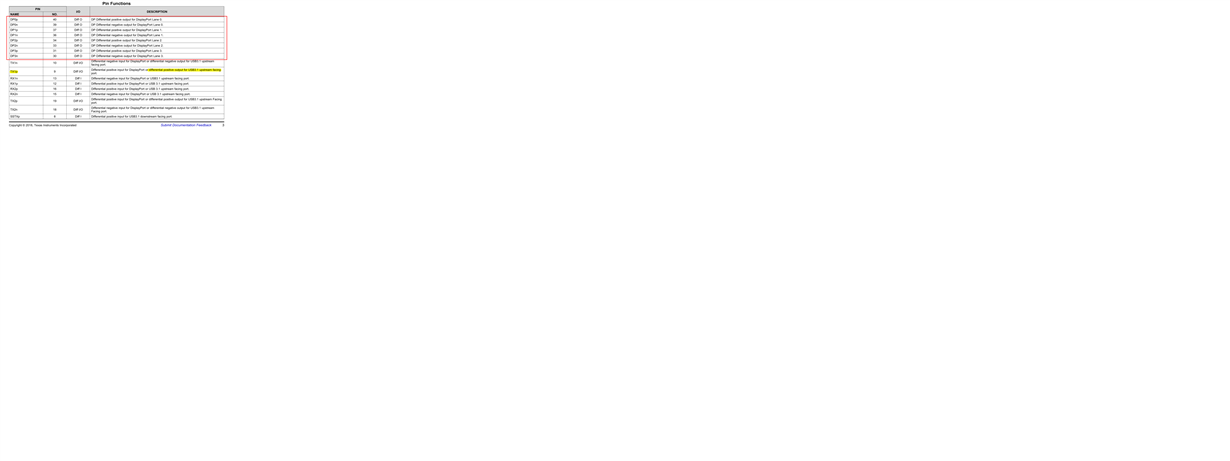Hi, support team
We tested a EVM board(TUSB1064RNQEVM) using the Notebook two Type-C port(support Displayport both)
1st Type-C port was fine( EDID/Screen).
2nd Type-C port is fail(EDID OK, but no display to monitor) .
Check the 2nd Type-C port we found the HPD signal was unstable(high-> low-> high ->low....).
I thought the signal of 2nd Type-C port is weak.(DP link fail ?!)
What do we find the display issue?


